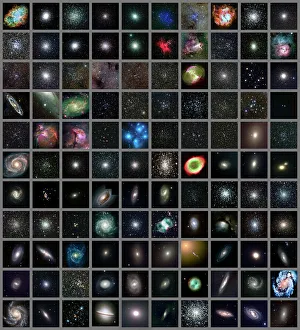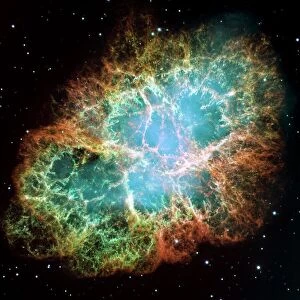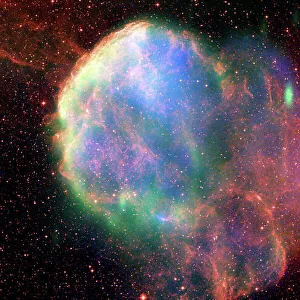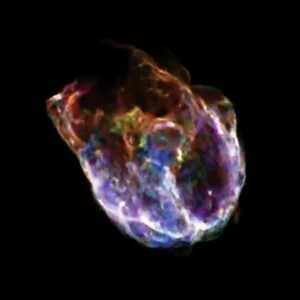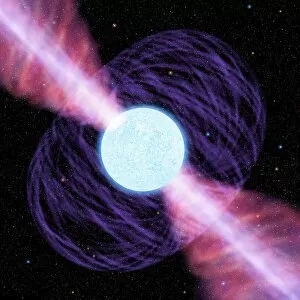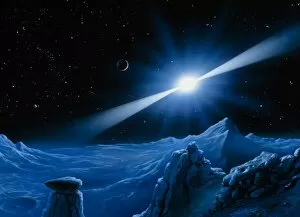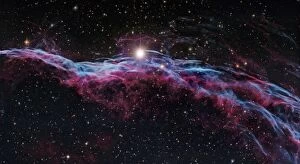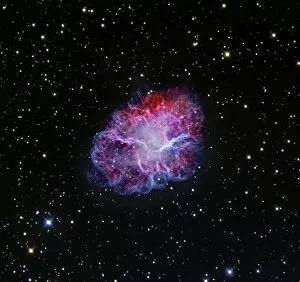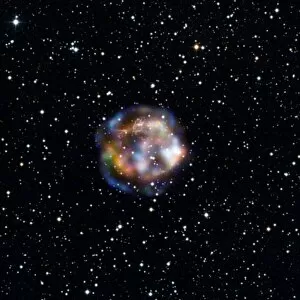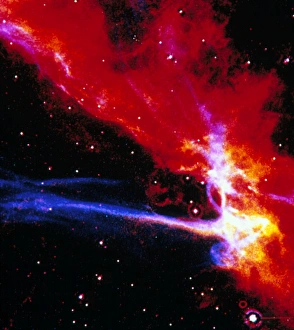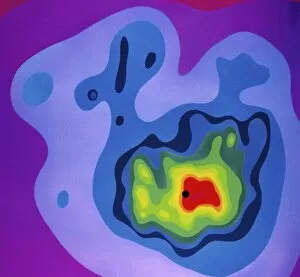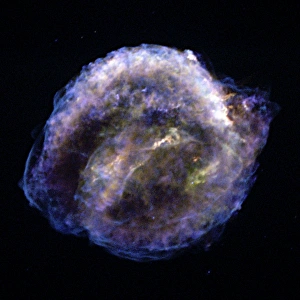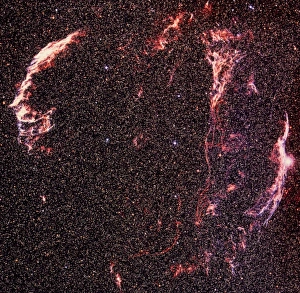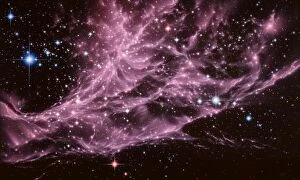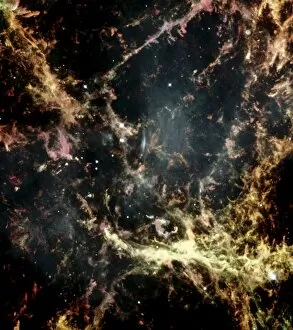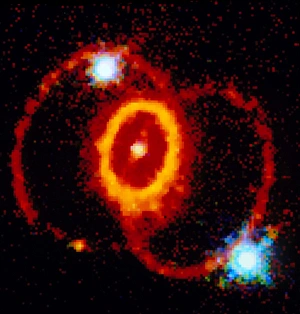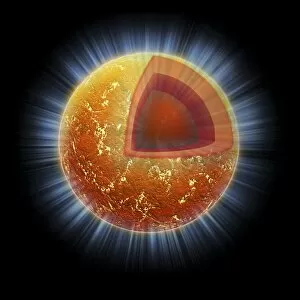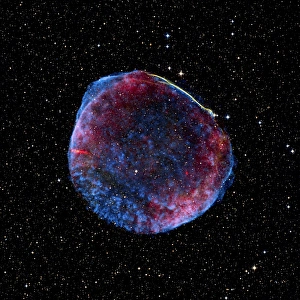Supernova Remnant Collection
This captivating collection of Messier objects showcases the mesmerizing beauty of supernova remnants in our universe
All Professionally Made to Order for Quick Shipping
This captivating collection of Messier objects showcases the mesmerizing beauty of supernova remnants in our universe. Starting with the iconic Crab Nebula (M1), we are treated to a composite image that unveils its intricate details and vibrant colors. The remnants left behind by this explosive event continue to astound astronomers. Moving on, we encounter another stunning composite image, this time featuring the Supernova remnant IC 443. Its ethereal glow and delicate structure hint at the immense power unleashed during its cataclysmic birth. In contrast, an X-ray image N132D reveals a different perspective, showcasing the high-energy emissions emanating from this celestial phenomenon. A pulsar takes center stage as we delve deeper into these cosmic wonders. The Crab Nebula's pulsar is depicted in artwork hovering over a distant planet, symbolizing its enigmatic nature and far-reaching influence. This Chandra image provides us with an up-close view of the turbulent debris resulting from a supernova explosion witnessed by humanity. The Veil Nebula (IC 1340) graces us with its presence through an optical image that captures its delicate filaments stretching across space like wisps of smoke. Similarly, another optical image presents us with yet another glimpse into the grandeur of the Crab Nebula (IC 1340). These remnants serve as reminders of past stellar events that shaped our cosmos. Finally, NuSTAR's X-ray image brings Cassiopeia A into focus – revealing intricate details within this ancient supernova remnant. Each element showcased here invites contemplation about our place in the vastness of space and reminds us how these powerful explosions shape galaxies and give birth to new stars. This compilation offers a visual feast for astronomy enthusiasts as it unravels various facets of supernova remnants – from their breathtaking beauty captured through composite images to their energetic signatures observed via X-rays or even portrayed in stunning artwork.

